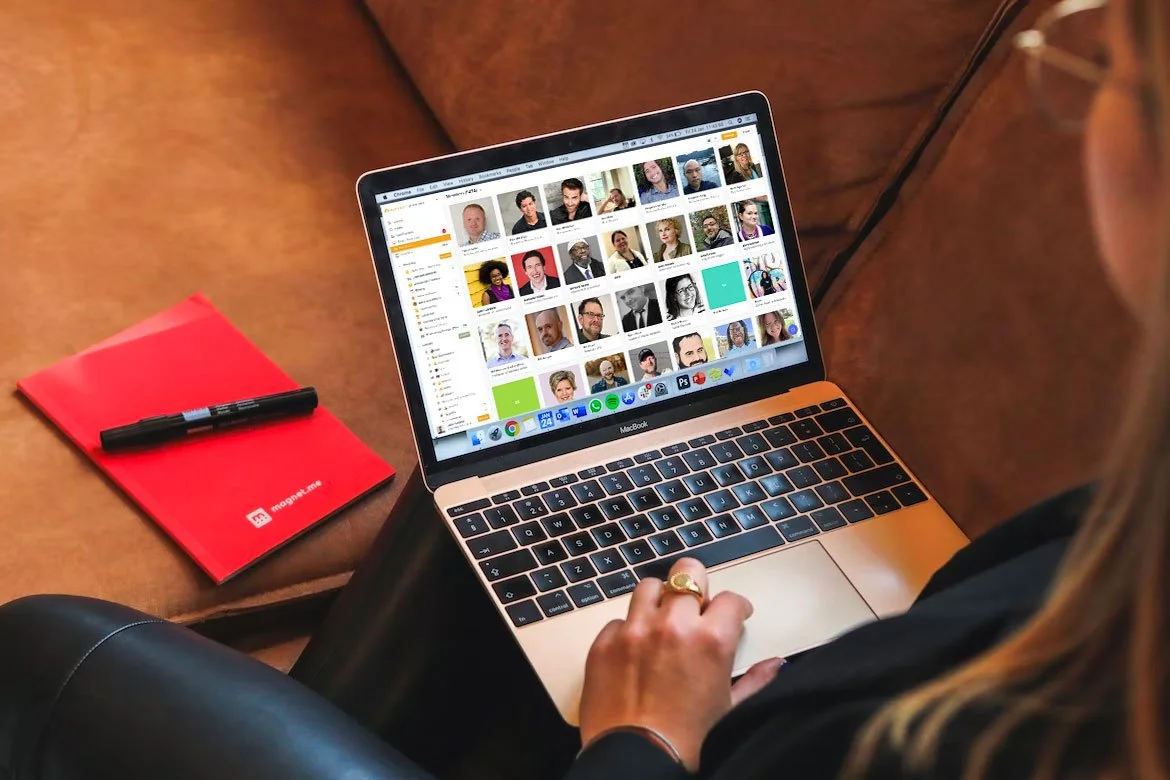Caveday
Brand and Business Development
The way we work is broken. We do it alone, distracted and full of procrastination and inefficiencies. Knowing that, my co-founders and I set out to change how people work and build a community around focus.
We created Caveday as a communal, transformative and energizing, work experience.

Final Logo and Icon
I also developed Caveday’s marketing workshop and traveled the country teaching people the benefits of deep work, flow, and Caveday.
In the pandemic, we pivoted and became a virtual community.
I designed the end-to-end digital experience.


RESULTS
In 8 years, we’ve had some impressive success.
It became a bootstrapped, full-time job for my cofounders and I.
Plus, we hit some huge milestones
$80K
monthly recurring revenue
56
staff members hired and trained
75+
corporate clients
20k
newsletter subscribers
475
avg bookings per day
500x
our customer base
and tons of press
Team
Jeremy Redleaf, Co-Founder
Molly Sonsteng, Co-Founder
Phil Van Nostrand, Photographer


![Yellow background with two gray pencils in the top left corner; text reads '[CAVEDAY] January 15, 2017' and website 'caveday.org'.](https://images.squarespace-cdn.com/content/v1/6771a136600a9a6ee47904f6/1ba3109a-1f2e-4a76-8457-dedccc0f1284/caveday6.jpg)
![Event flyer with a hand on a white computer keyboard, and a computer mouse in the top right corner. The flyer reads '[CAVEDAY] January 15, 2017' and the website 'caveday.org' at the bottom.](https://images.squarespace-cdn.com/content/v1/6771a136600a9a6ee47904f6/e4e6b047-5c34-4b47-b47d-00d0316b3d3e/caveday2.jpg)



























